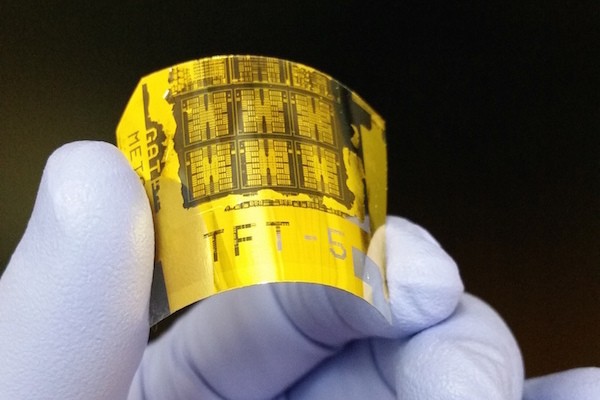Electrical engineers just created the world's fastest and most responsive phototransistor ever which can potentially improve the technology of a myriad of gadgets from digital cameras to satellites, depending on their light sensors.
Researchers from the University of Wisconsin developed this breakthrough discovery, making phototransistors more flexible and sensitive. Phototransistors work by collecting light and transforming this into an electric impulse. In digital devices such as cameras, this electric impulse turns into a binary code where the software then converts it into a digital image.
Most phototransistors are flat and when they are manufactured, they are often rigid however, this new phototransistor is extremely flexible as well that it can mimic how animal eyes work.
This new technology also outperforms its precursor flexible phototransistors, specifically their sensitivity and response times where it can be a huge advantage for digital cameras by providing clearer and higher definition images especially in low light.
According to researchers led by Zhenqiang "Jack" Ma, this good flexibility property boosts its mechanical performance, where the polymer layer provides added enhancement when it comes to light absorption and a more stable responsiveness.
The team also adds that the overall performance of these flexible phototransistors involves higher sensitivity when it comes to light detection and more stable performance when it comes to bending conditions. This in turn can lead to more flexible optical sensor applications that can be integrated in many multifunctional operations.
What's unique with this flexible phototransistor is that it has the built-in capacity to immediately detect weak light settings. This ability is explained by electrodes that are attached under a silicon nanomembrane layer of the phototransistor. This metal layer along with the electrodes can work as a reflector while boosting light absorption, without the need of an external amplifier.
Unlike other photodetectors, researchers say that light absorbing qualities of an ultrathin layer of silicon is more efficient since light pass through directly, without any layer blocking the material.
Researchers believe that this breakthrough phototransistor can now make digital devices work faster with more improved quality of photographs and videos that can also be integrated into satellites, night vision goggles and medical imaging instruments.
This new study is published in the journal Advanced Optical Materials.



























